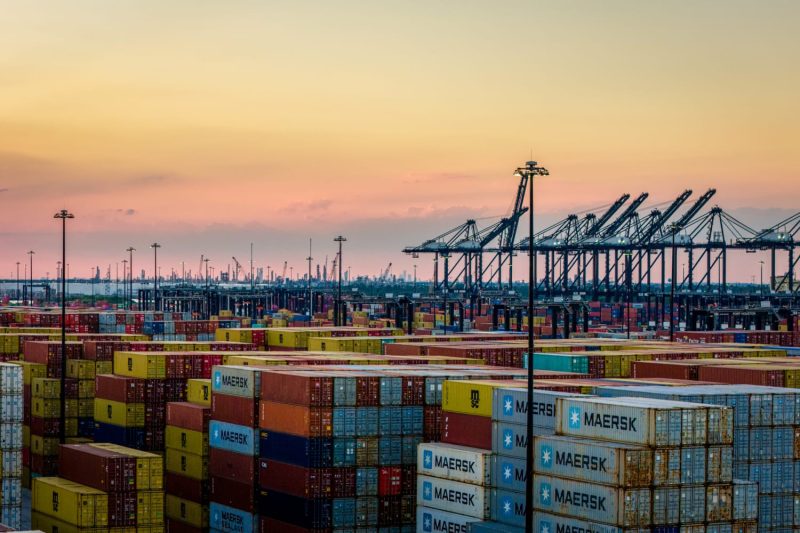The recent threat of a major maritime strike looming over ports along the East Coast of the United States has sent shockwaves through the shipping industry and the broader economy. The potential impact of such a strike cannot be overstated, with experts warning of severe disruptions in the flow of goods and services that could ripple across various sectors.
One of the key concerns surrounding the potential strike is its impact on supply chains. Ports along the East Coast are critical hubs for the transportation of goods, serving as gateways for imports and exports. Any disruption in these ports could lead to delays in the delivery of essential goods, ranging from everyday consumer products to industrial equipment. This, in turn, could disrupt manufacturing processes, limit consumer access to goods, and result in financial losses for businesses.
Moreover, a maritime strike could have a cascading effect on other industries that rely on efficient port operations. The transportation sector, including trucking companies and railroads, would feel the repercussions of a port shutdown, as the movement of goods to and from ports would be severely hampered. This could lead to congestion on highways and railways, further exacerbating supply chain disruptions.
In addition to the immediate economic impacts, a maritime strike could also have long-term consequences for the affected ports and the surrounding communities. Ports are major economic drivers, providing employment opportunities and contributing significantly to local economies. A sustained strike could result in financial losses for port operators, shipping companies, and related businesses, leading to job losses and reduced revenues for local governments.
The threat of a major maritime strike underscores the importance of effective labor relations and communication within the maritime industry. The potential strike is rooted in labor disputes over issues such as wages, working conditions, and job security. Finding a resolution that addresses the concerns of all parties involved is crucial to prevent future disruptions and maintain the smooth operation of ports along the East Coast.
As stakeholders in the maritime industry work towards a resolution, it is essential for businesses and consumers to prepare for the potential impacts of a strike. Developing contingency plans, diversifying supply chains, and maintaining open lines of communication with suppliers and logistics partners can help mitigate the effects of disruptions in port operations.
In conclusion, the looming threat of a major maritime strike along the East Coast ports highlights the vulnerability of supply chains and the broader economy to labor disputes in the shipping industry. By proactively addressing labor issues, fostering collaboration among stakeholders, and implementing robust contingency plans, the industry can strive to minimize the impact of potential disruptions and ensure the continued flow of goods and services through the affected ports.
